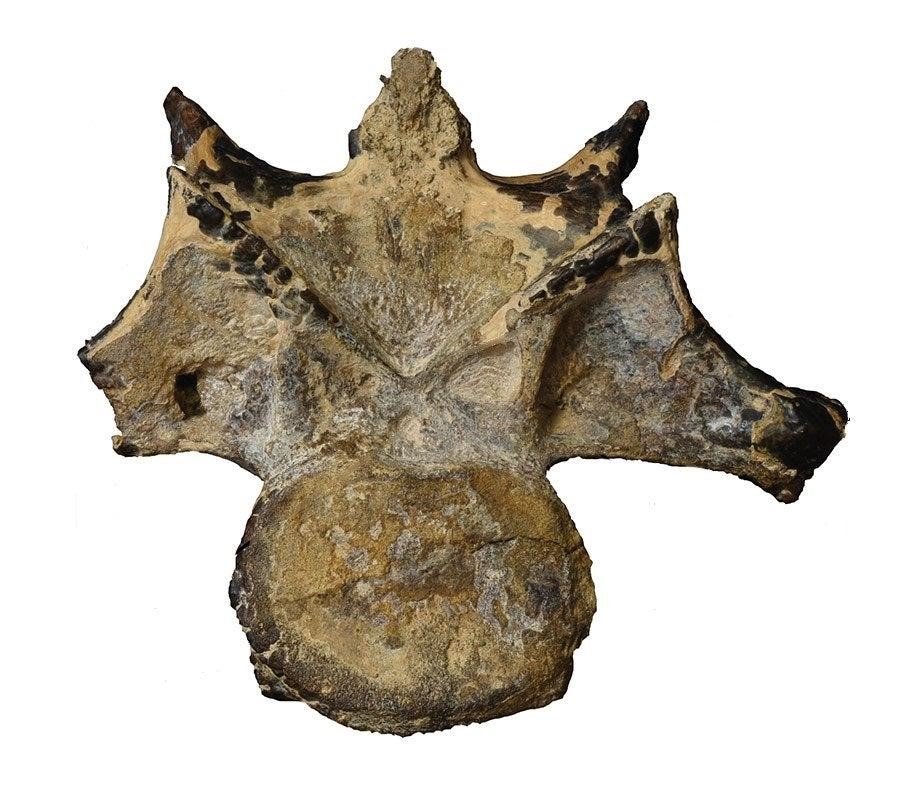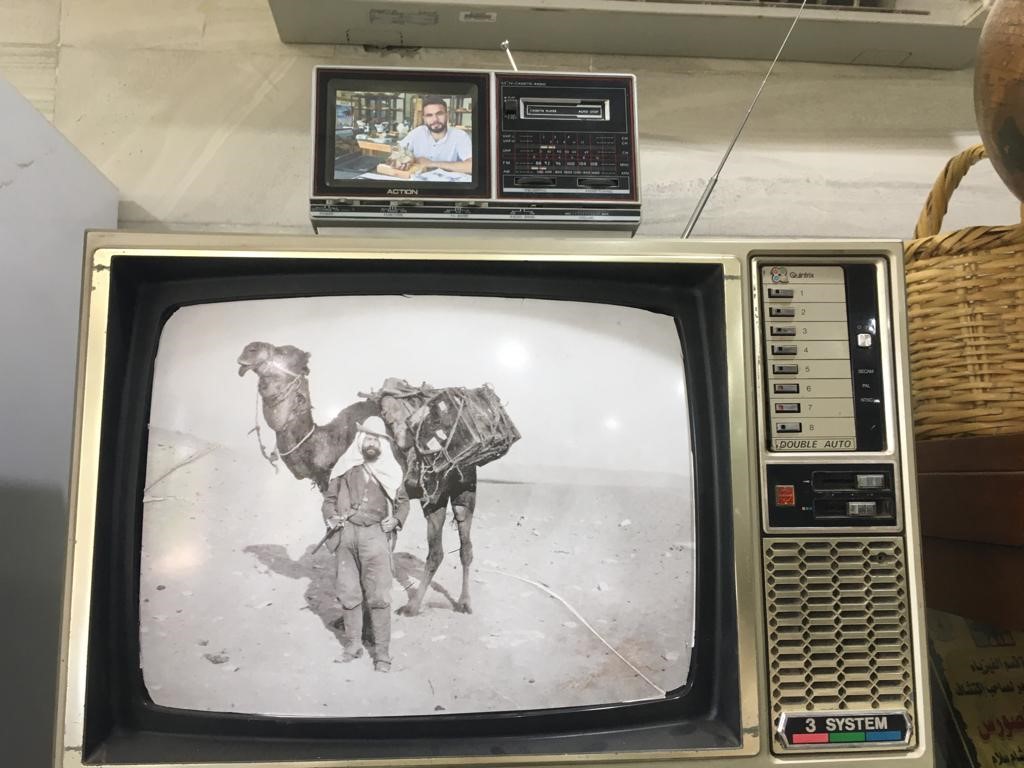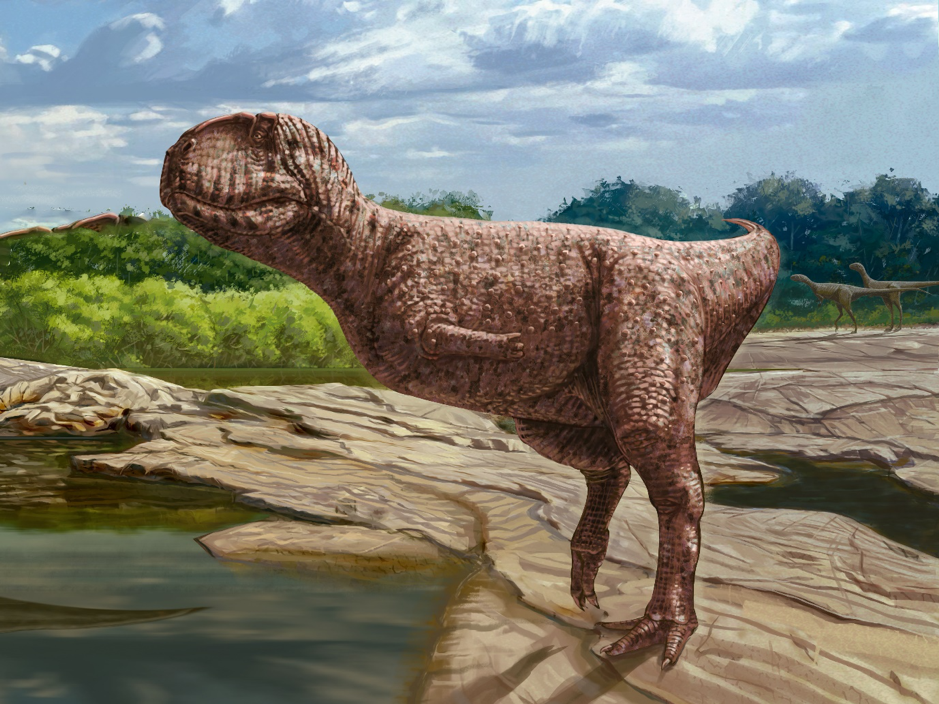If you went back in time about 98 million years ago, when humans had not set their feet yet on Earth, which was formed of two continents, Laurasia in the North and Gondwana in the South, you would see swamps, extended rivers, and vast forests. Despite your fascination, you would not realize you are actually surrounded by invading carnivores, with no hope of survival. The Spinosaurus is watching you from the river, while another dinosaur is lurking in the trees; if you manage to escape both, you would find a third one waiting for you! Welcome to the "Land of Death" in the Bahariya Oasis; the most dangerous place during the Cretaceous period!
In 1911, the efforts of German paleontologist Ernst Stromer were crowned with success after several failures. He unearthed the skeletons of three carnivorous dinosaurs: the Bahariasaurus, Carcharodontosaurus, and Spinosaurus, as well as the herbivorous dinosaur Aegyptosaurus, in the Bahariya Oasis area. This area acquired its fame as the “Land of Death” for such a huge discovery of carnivorous dinosaurs that lived specifically in the Cretaceous period—the last of the three periods of the Mesozoic Era.
Now, one century later, a new important predator has been discovered in this spot. In 2016, an expedition by the Mansoura University Vertebrate Paleontology Center (MUVP) and the Egyptian Ministry of Environment found a fossil of a distinct cervical vertebra of a neck, well-covered with sediments of sand and iron. Prof. Hesham Sallam, Founder of MUVP and Leader of the Egyptian research team, says: "When we found the fossil, we immediately realized that it belongs to a carnivorous dinosaur, not a herbivore, but we had no idea to which one of the previously discovered three carnivorous dinosaurs".

The cervical vertebra of the neck base of the "Abel" dinosaur. Credit: MUVP
Work continued on preparing the fossil until July 2022, when a joint team of Egyptian and American researchers—led by researcher Bilal Salem, a Teaching Assistant at Benha University, member of the "Sallam Lab" team, and fellow at Ohio University—succeeded in realizing to which it belongs. They declared in a research paper that the fossil belongs to the Abelisauridae family, making it the first record of this species existence across Northeast Africa.

Photo from the MUVP. Dr. Bilal Salem (top) and scientist Ernst Stromer (bottom).
Abel and Friends
With a large scary skull, sharp teeth, and short arms to the point of atrophy, "Abel" belongs to a family of dinosaurs known as the Abelisauridae dinosaurs; it was named after the Argentine scientist Roberto Abel, who first discovered a skull fossil of this family. Ninety-eight million years ago, this predator invaded the ancient southern super-continent, Gondwana, which included Africa, South America, Australia, Antarctica, and the Indian Peninsula and Arab Peninsula.
This family is characterized by being medium-sized; its length ranges 7–10 meters and represents one of the fiercest carnivorous dinosaurs that ever lived on Earth. Abel is similar to its counterpart, the T-Rex—the most famous Hollywood dinosaur star, and the absolute biggest and fiercest; this is why scientists nicknamed Abel the “T-Rex of Ancient Southern Continents.

An imaginary figure of Abel. Credit: MUVP.
We consider the geological time in awe, realizing that days and years are incomparable to the history of this planet. We are surprised that the feet of huge animals once stepped here, leaving behind mysteries we wait to unravel; thus, participating in writing their history. After such a long time of taking a backseat, we can finally participate in exploring the planet. "We are the first Egyptian team to conduct expeditions after being the ones to only provide logistical support to foreign expeditions and witnessing the scientific discoveries of Western scientists" commented Dr. Sallam. Thanks to the richness of the Bahariya Oasis, he promises more upcoming discoveries that will help us reach a deeper understanding of our planet and its future challenges and climate changes leading to future disasters amounting to the extinction of the human race, or past disasters that led to the extinction of Earth giants, such as Abel.
References
activewild.com
lindahall.org
livescience.com
nps.gov
ohio.edu
royalsocietypublishing.org
sciencealert.com
Cover Image: An imaginary figure of Abel. Credits: MUV